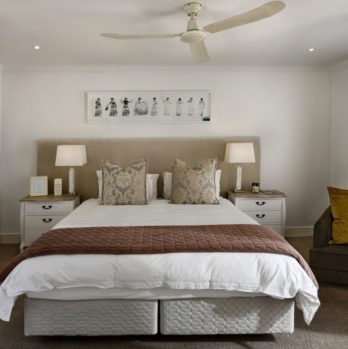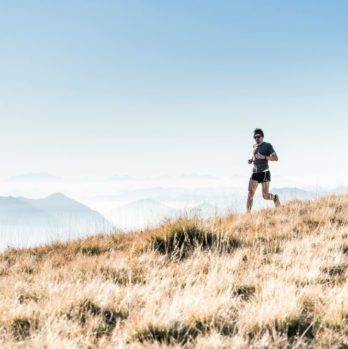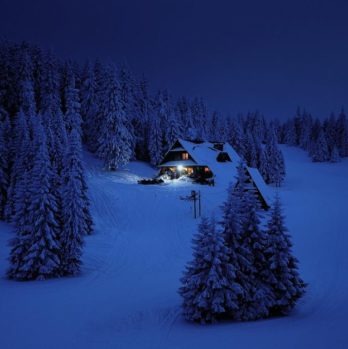Festival Outfit: Staying Fashionable while Experiencing the Magic of Music
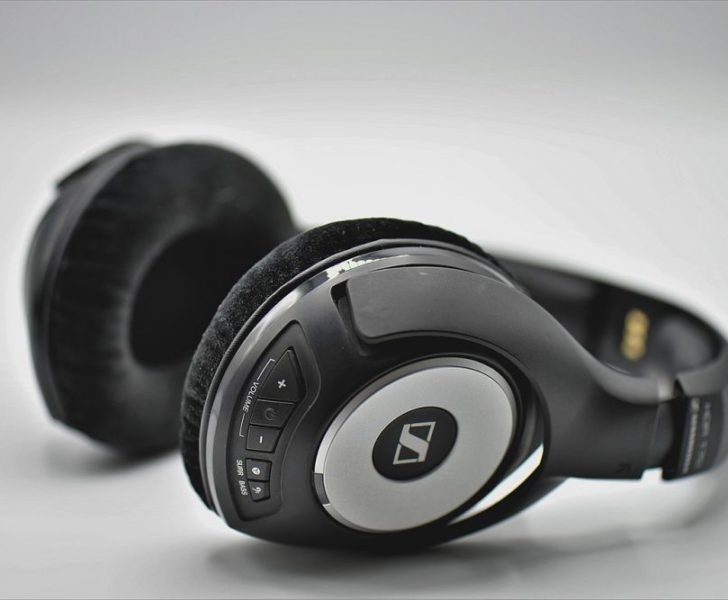
Music festivals have become a cultural phenomenon, where people from all walks of life gather to celebrate their love for music. Aside from the incredible lineup of artists, one of the highlights of these festivals is the opportunity to showcase your own personal style through festival outfits. In this article, we will take a comprehensive look at festival outfits, exploring what they are, the different types that exist, and the popularity of certain styles. We will also delve into quantitative measurements related to festival outfits, examine how they differ from one another, and provide a historical overview of the advantages and disadvantages associated with various festival outfit choices.
What is a Festival Outfit?
A festival outfit refers to the attire worn by festival-goers, who aim to express their individuality and creativity through their clothing choices. These outfits are often characterized by their vibrant colors, eccentric patterns, and unconventional accessories. Festival outfits help create an immersive and visually captivating experience, adding to the overall atmosphere of the event.
Types and Popularity of Festival Outfits
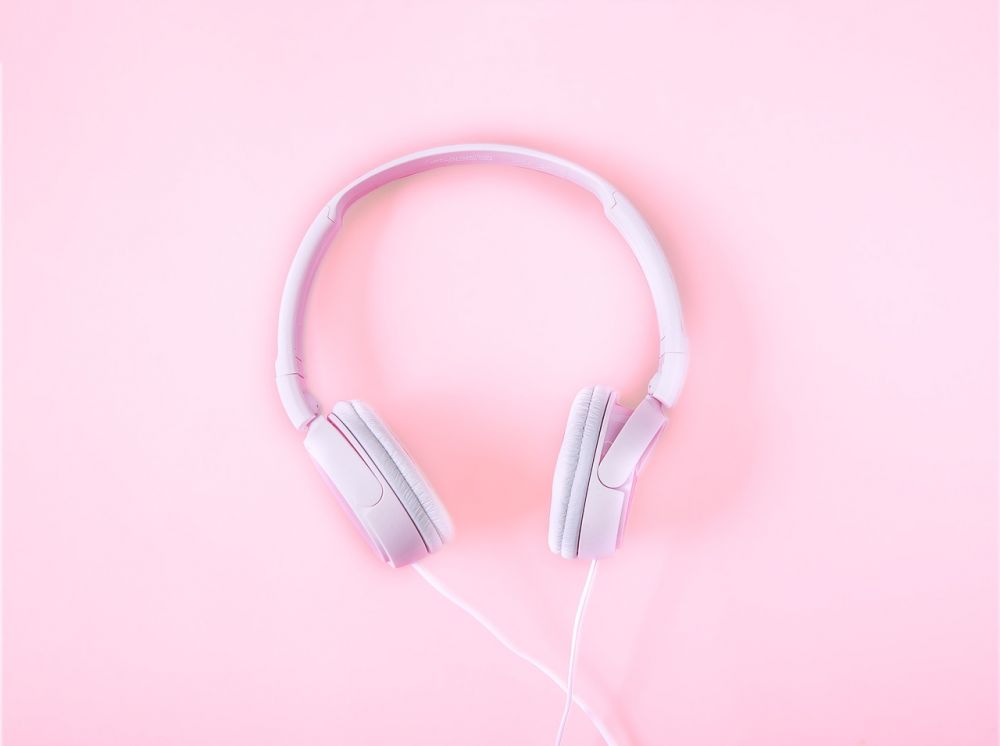
There are several types of festival outfits that have gained popularity over the years. Let’s explore some of the most popular styles:
1. Bohemian Chic: This style embraces a free-spirited, bohemian aesthetic, incorporating flowy dresses, floral patterns, and fringe details. It exudes an effortless and carefree vibe, often paired with accessories such as flower crowns and layered jewelry.
2. Retro Vibes: Nostalgia plays a significant role in festival fashion, with many embracing retro styles from the ’70s and ’90s. Bell-bottom pants, tie-dye tops, and oversized sunglasses are just a few examples of this trend.
3. Edgy and Alternative: For those who prefer a more avant-garde look, incorporating leather jackets, ripped jeans, and band t-shirts can create an edgy and alternative festival outfit. This style often attracts fans of rock, metal, and punk genres.
4. Neon and Glitter: Bright, neon colors and sparkling glitter have become staples of festival fashion. These eye-catching elements are perfect for those who want to stand out in a crowd and add a touch of playfulness to their outfits.
The popularity of certain festival outfit styles varies depending on the festival and its attendees. Social media platforms such as Instagram have played a significant role in popularizing specific styles, as influencers and festival-goers share their outfits and inspire others to follow suit.
Quantitative Measurements of Festival Outfits
When it comes to festival outfits, it’s essential to consider the practical aspects without sacrificing style. Here are some quantitative measurements to keep in mind:
1. Comfort: Festival days can be long and physically demanding, so it’s crucial to choose outfits that prioritize comfort. Breathable fabrics, loose-fitting clothing, and supportive footwear are essential to ensure an enjoyable experience.
2. Weather-resistance: Outdoor festivals often encounter unpredictable weather conditions, so it’s wise to prepare for all scenarios. Waterproof jackets, sturdy boots, and accessories like hats and sunglasses can provide protection from rain or intense sun.
3. Practicality: Festival outfits should allow freedom of movement, especially during energetic performances and dancing. Consider outfits with functional pockets to keep essentials easily accessible, and opt for outfits that can be layered for temperature changes throughout the day.
The Distinct Differences Among Festival Outfits
Despite the variety of festival outfits, there are some distinct differences among them that reflect different individuals’ taste and preferences. These differences can be seen in the following areas:
1. Color Palette: Festival outfits can range from vibrant neons to earthy tones, each conveying a different mood and energy. The choice of color palette showcases the wearer’s personality and influences their overall festival experience.
2. Cultural Inspiration: Some festival-goers draw inspiration from specific cultures or fashion eras, resulting in outfits that reflect their admiration for diversity and heritage. These outfits celebrate different traditions and serve as a form of self-expression.
3. Level of Eccentricity: Festival outfits can range from subtle and understated to extravagant and attention-grabbing. The level of eccentricity chosen by individuals reflects their desire to make a statement or blend seamlessly into the vibrant festival atmosphere.
A Historical Overview of the Pros and Cons of Different Festival Outfits
Throughout history, festival outfits have evolved, presenting various advantages and disadvantages. Let’s take a brief look at how festival outfits have changed over time:
1. Advantages: In the past, festival outfits focused primarily on comfort and practicality, allowing attendees to enjoy the music without restrictions. Loose-fitting clothing and simple accessories were the norm, ensuring mobility and freedom of expression.
2. Disadvantages: However, with the rise of social media and the desire for unique fashion statements, festival outfits have become more extravagant. While this allows for greater individuality and creativity, it can lead to discomfort, especially for those who prioritize practicality and ease of movement.
In conclusion, festival outfits play a significant role in enhancing the overall experience of attending music festivals. They serve as a creative outlet, enabling individuals to showcase their personal style and immerse themselves in the festival atmosphere. From bohemian chic to alternative styles, festival outfits encompass a broad range of aesthetics, providing something for everyone. While there are advantages and disadvantages associated with different festival outfit choices, the key is to find a balance between style and practicality. As the festival scene continues to evolve, so will the fashion choices, allowing attendees to experience the magic of music while staying fashionably on-trend.
